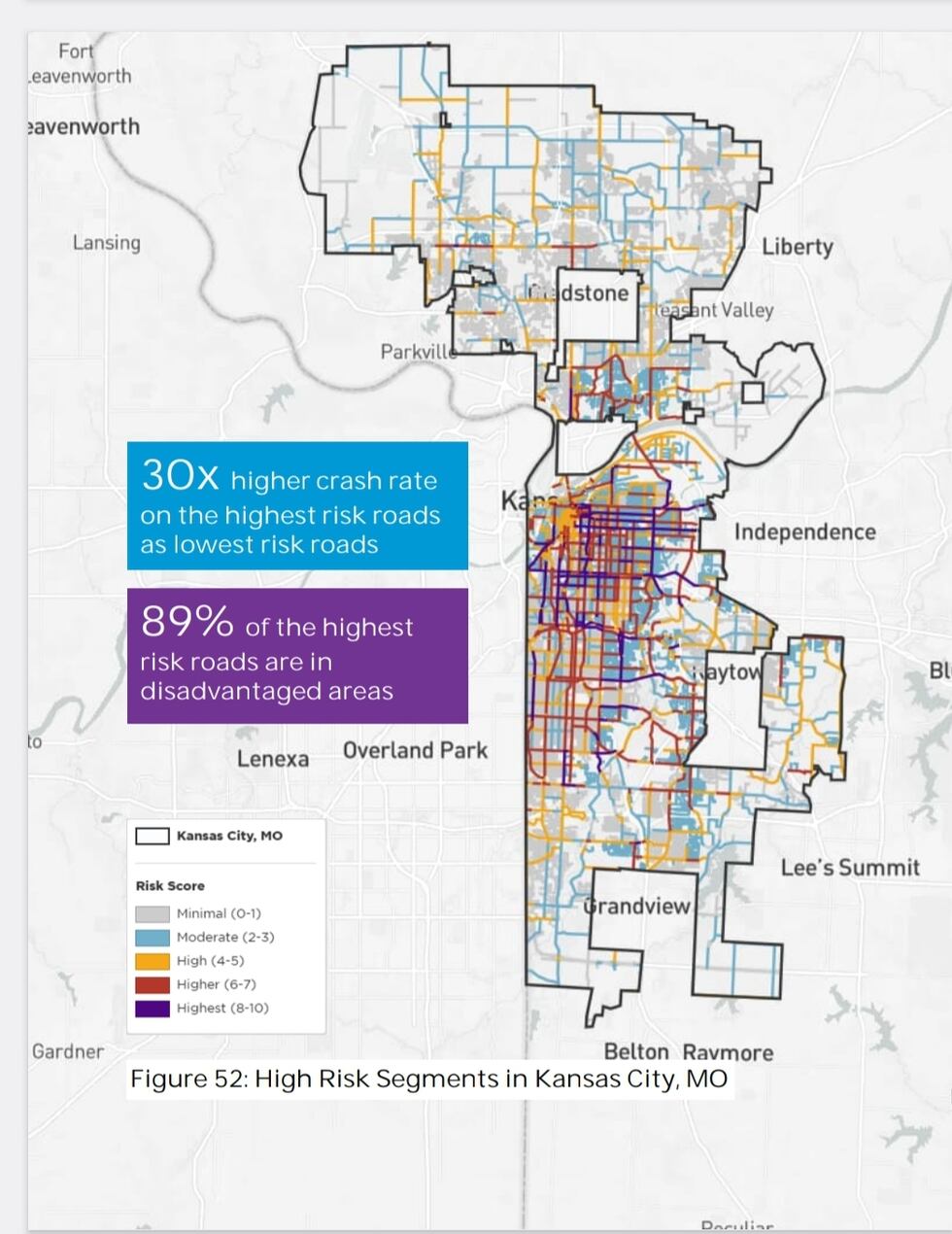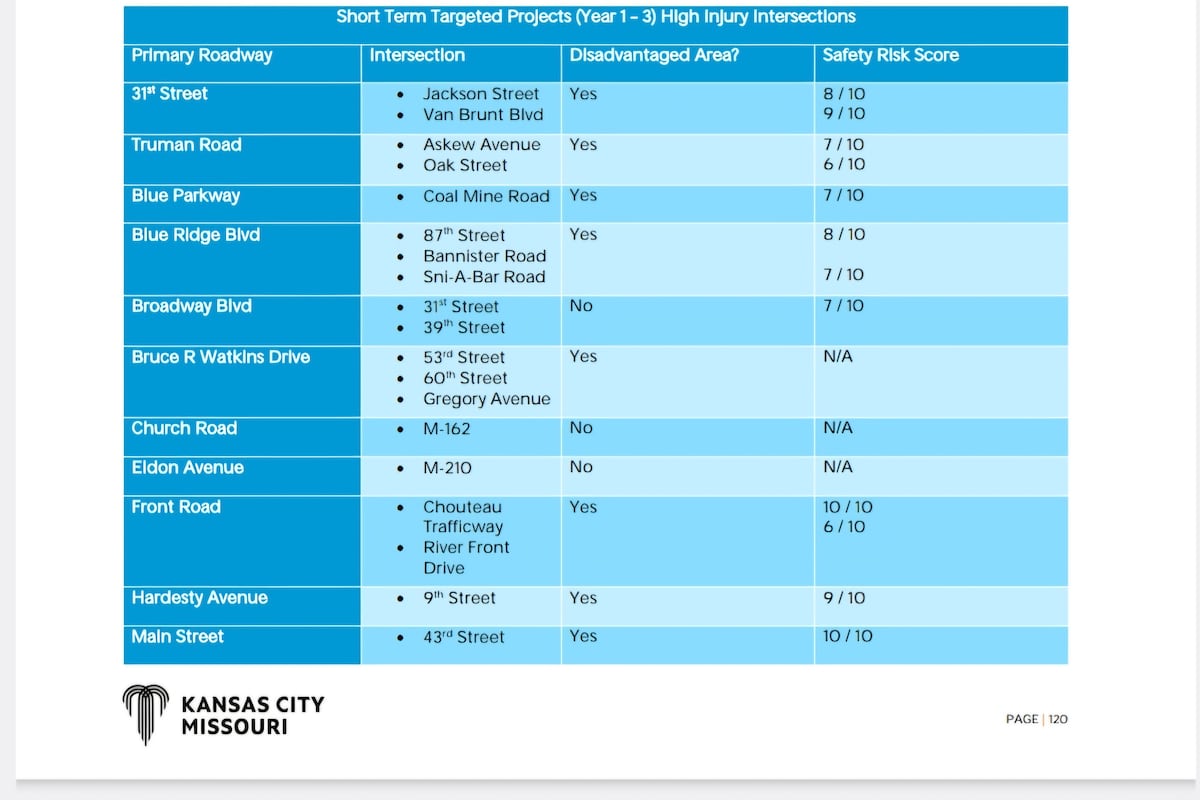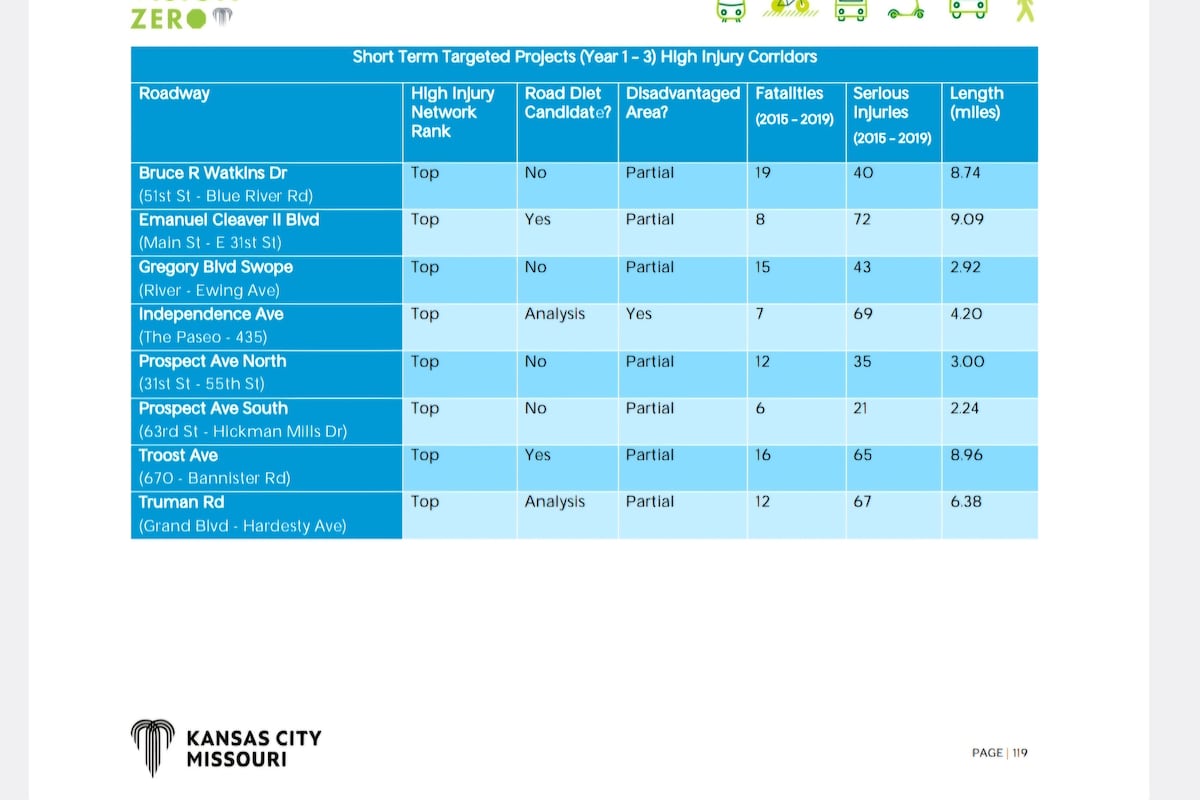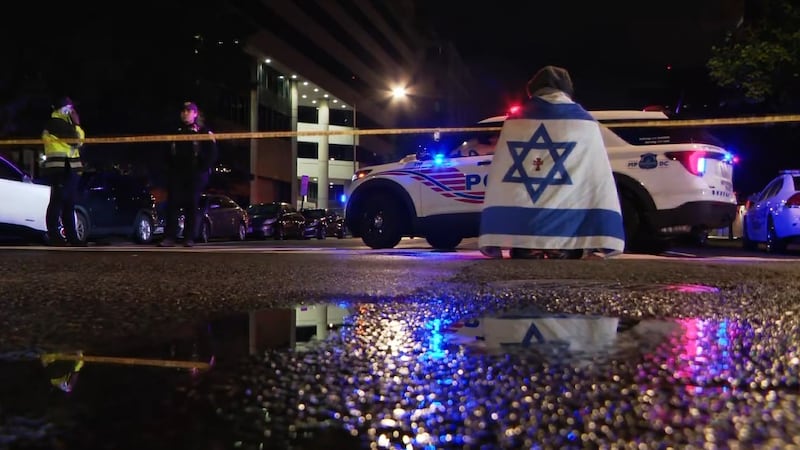KC leaders explain plans to reduce traffic deaths with Vision Zero Action Plan
KANSAS CITY, Mo. (KCTV) - One of the most dangerous things you can do in Kansas City is getting into a car without wearing your seatbelt.
According to the Kansas City Police Department, there have been 44 deaths this year and nearly 90 percent of those individuals were not wearing their seatbelts.
This time last year there were only 32 fatalities from car crashes inside the city.
KD Sgt. Jonathan Rivers works those scenes. He’s tasked with notifying the families that their loved one has died.
“That is the most difficult thing you can do, as an officer – it takes a toll,” Sgt. Rivers said. “These crashes are totally preventable when someone dies from not wearing a seatbelt or when someone dies when they’re impaired.”
Besides strapping up when you get into a car there is a group that is working to make Kansas City’s roadways safer.
The Vision Zero Task Force has a goal of eliminating all traffic deaths by 2030 by making roads safer. The national group pairs together regional leaders in traffic like the City of Kansas City, the Mid America Regional Council and BikeWalkKC, among others.
Among them is Bailey Waters, KC’s chief mobility officer.
“Years ago Kansas City had a ton of streetcar lines – when those were taken out and the car was becoming more prevalent, the design of the roads was intended to get vehicles from point A to point B very fast,” Waters said. “Our goal is safety and transportation.”
They are doing that by identifying the most dangerous roads – they call it the high injury network map. It shows that nearly 90 percent of the risky roads are in areas with higher amounts of property.

Some of the solutions to these roads can be simply restriping the street in a different way, reducing speeds, obviously resurfacing roads and cutting lanes from 4 to 3 or 2 and adding bike lanes.
The list of roads shouldn’t surprise anyone that has driven in Kansas City for a very long time. This year the task force is dedicating $4 million to fixing a few of these roads.
“Some of our top most dangerous streets are like 23rd street and Independence Avenue, Prospect Avenue, Cleaver Boulevard,” Waters said. “Just quite a few of our wider streets are showing up as our most dangerous.”


To read more about the Vision Zero read their “KC Vision Zero Action Plan.”
Copyright 2024 KCTV. All rights reserved.














